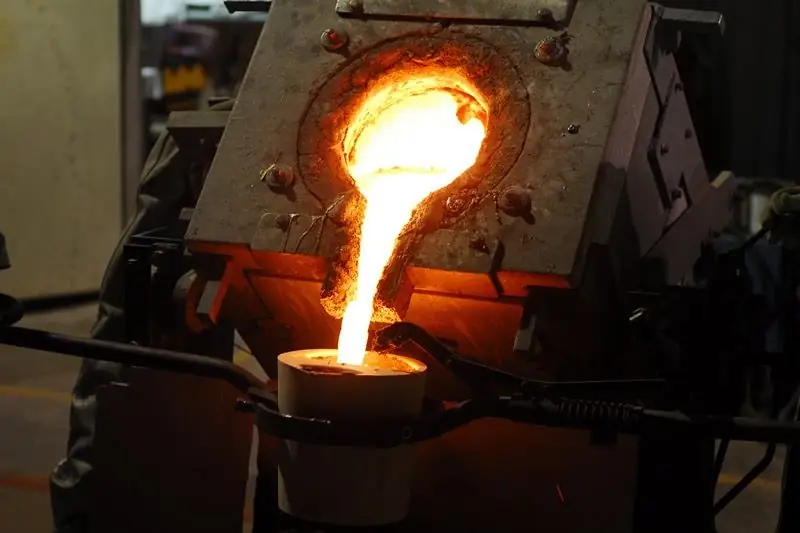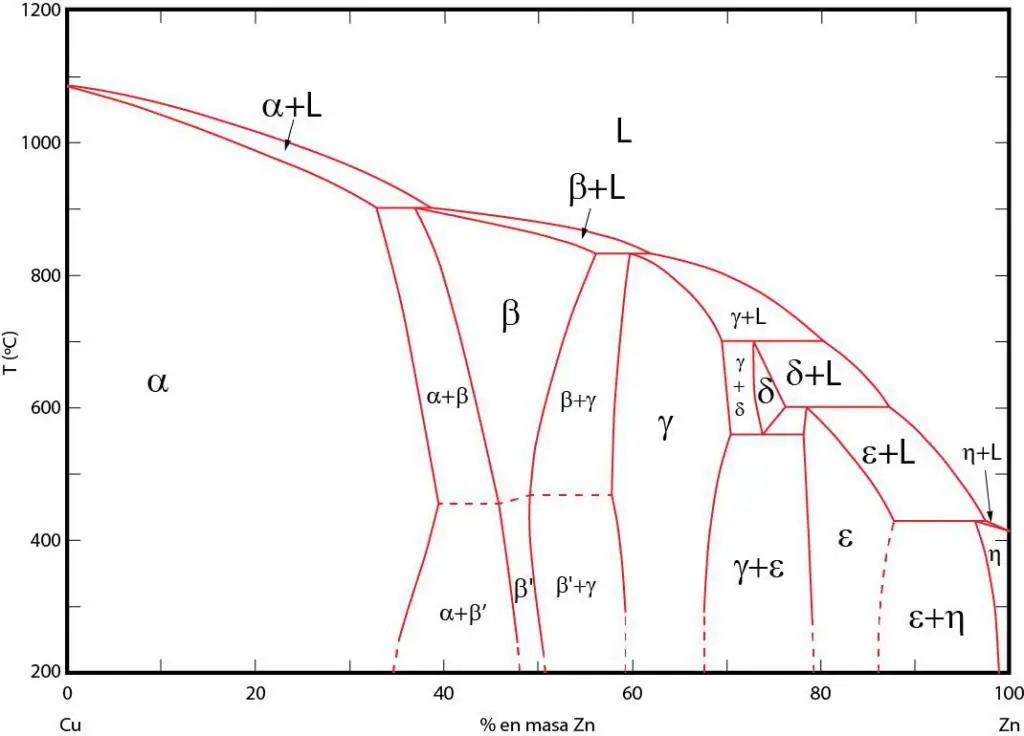An important section of thermodynamics is the study of transformations between different phases of a substance, since these processes occur in practice and are of fundamental importance for predicting the behavior of a system under certain conditions. These transformations are called phase transitions, to which the article is dedicated.
The concept of a phase and a system component

Before proceeding to the consideration of phase transitions in physics, it is necessary to define the concept of the phase itself. As is known from the course of general physics, there are three states of matter: gaseous, solid and liquid. In a special section of science - in thermodynamics - the laws are formulated for the phases of matter, and not for their states of aggregation. A phase is understood as a certain volume of matter that has a homogeneous structure, is characterized by specific physical and chemical properties and is separated from the rest of matter by boundaries, which are called interphase.
Thus, the concept of "phase" carries much more practically significant information about the propertiesmatter than its state of aggregation. For example, the solid state of a metal such as iron can be in the following phases: low-temperature magnetic body-centered cubic (BCC), low-temperature non-magnetic bcc, face-centered cubic (fcc), and high-temperature non-magnetic bcc.
In addition to the concept of "phase", the laws of thermodynamics also use the term "components", which means the number of chemical elements that make up a particular system. This means that the phase can be either monocomponent (1 chemical element) or multicomponent (several chemical elements).
Gibbs' theorem and equilibrium between phases of the system

To understand phase transitions, it is necessary to know the equilibrium conditions between them. These conditions can be mathematically obtained by solving the system of Gibbs equations for each of them, assuming that the equilibrium state is reached when the total Gibbs energy of the system isolated from external influence ceases to change.
As a result of solving the indicated system of equations, conditions are obtained for the existence of equilibrium between several phases: an isolated system will cease to evolve only when the pressures, chemical potentials of each component and temperatures in all phases are equal to each other.
Gibbs phase rule for equilibrium

A system consisting of several phases and components can be in equilibrium not onlyunder certain conditions, for example, at a specific temperature and pressure. Some of the variables in the Gibbs theorem for equilibrium can be changed while maintaining both the number of phases and the number of components that are in this equilibrium. The number of variables that can be changed without disturbing the equilibrium in the system is called the number of freedoms of this system.
The number of freedoms l of a system consisting of f phases and k components is uniquely determined from the Gibbs phase rule. This rule is mathematically written as follows: l + f=k + 2. How to work with this rule? Very simple. For example, it is known that the system consists of f=3 equilibrium phases. What is the minimum number of components such a system can contain? You can answer the question by reasoning as follows: in the case of equilibrium, the most stringent conditions exist when it is realized only at certain indicators, that is, a change in any thermodynamic parameter will lead to imbalance. This means that the number of freedoms l=0. Substituting the known values of l and f, we obtain k=1, that is, a system in which three phases are in equilibrium can consist of one component. A prime example is the triple point of water, where ice, liquid water, and steam exist in equilibrium at specific temperatures and pressures.
Classification of phase transformations
If you begin to change some thermodynamic parameters in a system in equilibrium, you can observe how one phase will disappear and another will appear. A simple example of this process is the melting of ice when it is heated.
Given that the Gibbs equation depends only on two variables (pressure and temperature), and the phase transition involves a change in these variables, then mathematically the transition between phases can be described by differentiating the Gibbs energy with respect to its variables. It was this approach that was used by the Austrian physicist Paul Ehrenfest in 1933, when he compiled a classification of all known thermodynamic processes that occur with a change in phase equilibrium.
From the basics of thermodynamics it follows that the first derivative of the Gibbs energy with respect to temperature is equal to the change in the entropy of the system. The derivative of the Gibbs energy with respect to pressure is equal to the change in volume. If, when the phases in the system change, the entropy or volume suffers a break, that is, they change abruptly, then they speak of a first-order phase transition.
Further, the second derivatives of the Gibbs energy with respect to temperature and pressure are the heat capacity and the coefficient of volumetric expansion, respectively. If the transformation between phases is accompanied by a discontinuity in the values of the indicated physical quantities, then one speaks of a second-order phase transition.
Examples of transformations between phases

There are a huge number of different transitions in nature. Within the framework of this classification, striking examples of transitions of the first kind are the processes of melting metals or the condensation of water vapor from air, when there is a volume jump in the system.
If we talk about second-order transitions, then striking examples are the transformation of iron from a magnetic to a paramagnetic state at a temperature768 ºC or the transformation of a metallic conductor into a superconducting state at temperatures close to absolute zero.
Equations that describe transitions of the first kind
In practice, it is often necessary to know how the temperature, pressure and absorbed (released) energy change in a system when phase transformations occur in it. Two important equations are used for this purpose. They are obtained based on the knowledge of the basics of thermodynamics:
- Clapeyron's formula, which establishes the relationship between pressure and temperature during transformations between different phases.
- Clausius formula that links the absorbed (released) energy and the temperature of the system during the transformation.
The use of both equations is not only in obtaining quantitative dependences of physical quantities, but also in determining the sign of the slope of equilibrium curves on phase diagrams.
Equation for describing transitions of the second kind

Phase transitions of the 1st and 2nd kind are described by different equations, since the application of the Clausius and Clausius equations for second-order transitions leads to mathematical uncertainty.
To describe the latter, the Ehrenfest equations are used, which establish a relationship between changes in pressure and temperature through knowledge of changes in heat capacity and coefficient of volumetric expansion during the transformation process. The Ehrenfest equations are used to describe conductor-superconductor transitions in the absence of a magnetic field.
Importancephase diagrams

Phase diagrams are a graphic representation of areas in which the corresponding phases exist in equilibrium. These areas are separated by equilibrium lines between the phases. P-T (pressure-temperature), T-V (temperature-volume), and P-V (pressure-volume) phase diagrams are often used.
The importance of phase diagrams lies in the fact that they allow you to predict what phase the system will be in when the external conditions change accordingly. This information is used in the heat treatment of various materials in order to obtain a structure with desired properties.






